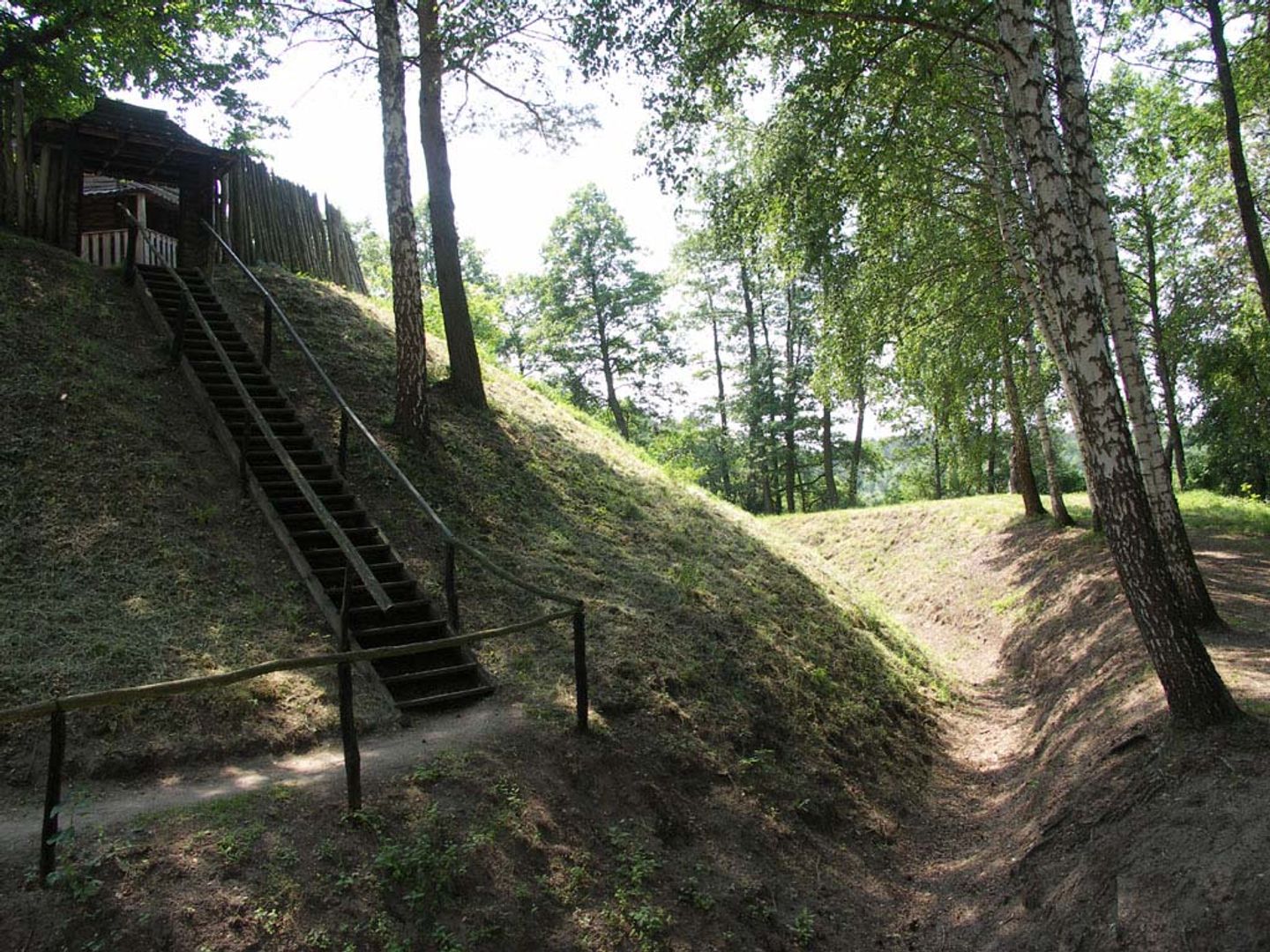Ants
6.55

Overview
Mrowki is a late medieval motte-and-bailey stronghold, located 800 meters southeast of the village of Mrowki, in a forest by Lake Kownackie. Identified in 1923, it was archaeologically excavated in the 1970s. It features a conical mound, 7 meters high, with a base diameter of over 40 meters. The stronghold was surrounded by a moat, which provided access to water from the lake. At its summit stood a palisade, and the main structure was a pentagonal defensive tower. Archaeological discoveries also revealed a cellar and the remains of a forge. Among the finds are bolt tips, crossbow parts, spurs, agricultural tools (sickles), and carpentry tools (drills and an axe). Exposed scale pans, as well as bone artifacts and glass vessels, suggest the high social status of the inhabitants. Analysis of animal bone remains determined that the diet focused on poultry, pork, and beef, supplemented by wild boar, roe deer, red deer, and hares. In 1973, an archaeological open-air museum was established on the site, later incorporated into the District Museum in Konin, where elements such as fortifications, the tower, huts, and the forge were reconstructed. Interestingly, locally the stronghold is sometimes mistaken for a Napoleonic mound, reflecting its complex history and social significance.
Location
2025 Wizytor | All Rights Reserved